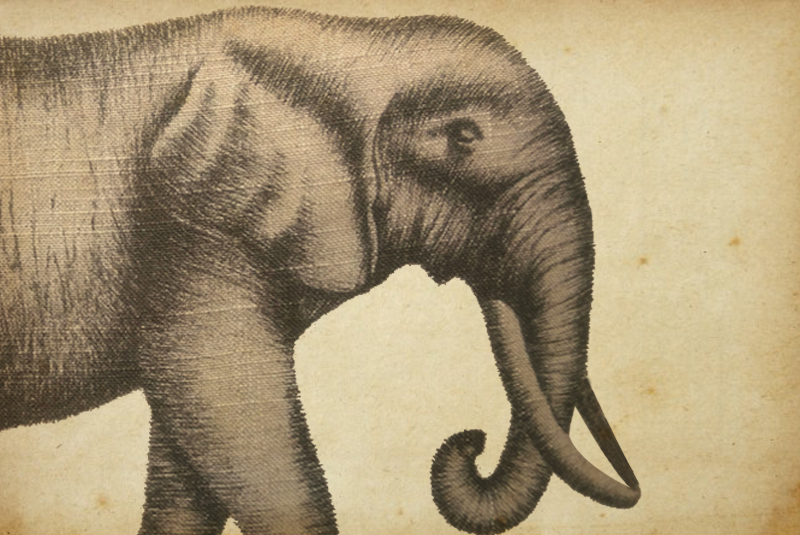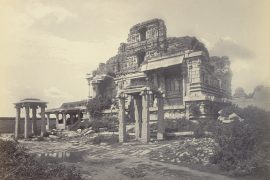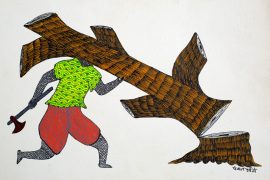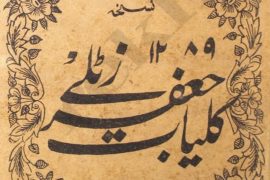When the pregnant elephant consumed a pineapple filled with fire crackers, she didn’t flail in pain, or attack villagers. Instead, she kept her blistered mouth dipped in the river water before passing away.
The tragic episode of her passing, which happened in Kerala’s Palakkad district, not only appealed to common humanity but also brought into focus an age-old fondness of Indians for the gentle giants. The lore of the elephant, recurrent in the country’s mythological and cultural history, makes it more than a wildlife resource. It’s akin to a symbol of national heritage.
Home to nearly 60 per cent of the Asiatic elephants in the world, the Indian civilisation’s preoccupation with the animal dates back to the early 25th century BCE. The German Indologist, Heinrich Zimmer, in his book, Myths and Symbols in Indian Art and Civilization, observes that the elephants, depicted on the seals of Mohenjo-Daro, are some of the most primitive expressions of art recorded within the subcontinent.
The seals, open to interpretation by archaeologists from differing schools of thoughts do not reveal much. However, later treatises such as Matangalila (Elephant Sports), Gajachikitsa (Treatment of Elephants), and Hastyayurveda (The Science of Elephant Breeding) shed light on the nature of relationship between humans and elephants.
-30-
Copyright©Madras Courier, All Rights Reserved. You may share using our article tools. Please don't cut articles from madrascourier.com and redistribute by email, post to the web, mobile phone or social media.Please send in your feed back and comments to editor@madrascourier.com











